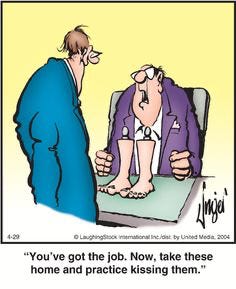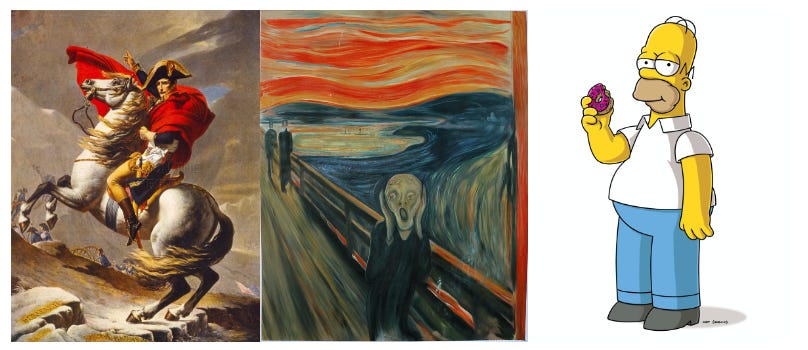This is the role of a manager of people after transformation.
A manager understands and conveys to his people the meaning of a system. He explains the aims of the system. He teaches his people to understand how the work of the group supports these aims.
He helps his people see themselves as components in a system, to work in cooperation with preceding stages and with following stages toward optimization of the efforts of all stages toward achievement of the aim.
He has three sources of power:
Authority of office.
Knowledge
Personality and persuasive power; tact
A successful manager of people develops Nos. 2 and 3; he does not rely on No. 1. He nevertheless has an obligation to use No. 1, as this source of power enables him to change the process — equipment, materials, methods — to bring improvement, such as to reduce variation in output. (Dr. Robert Klekamp.)
- Dr. W.E. Deming. The New Economics, 3rd ed. (pp. 86-87)
He will try to discover who if anybody is outside the system, in need of special help.
He creates trust. He creates an environment that encourages freedom and cooperation.
He does not expect perfection.
He listens and learns without passing judgment on him that he listens to.
He will hold an interview, informal, unhurried conversation with every one of his people at least once a year. Several hours long, not for judgment, but merely to listen to their aims, hopes, fears.
From presentation at seminar “Quality, Productivity, and Competitive Position,” 1992. As quoted in Orsini, Joyce. The Essential Deming. (pp. 163-164).
In 2018 I had the privilege of attending the 25th Anniversary Deming Institute Fall Conference in Los Angeles. Gathered were many of the remaining icons of the Deming diaspora, including Dr. Deming’s PhD student, Dr. Joyce Orsini. She gave a fascinating talk entitled Management: Diagnosis & Prescription wherein she described an exercise she’s used in her teaching and coaching of leadership in the Deming management philosophy for some time. It goes like this:
At the beginning of their sessions, she hands attendees a three-ring binder of images of various famous historical paintings like Jacques Louis-David’s Napoleon Crossing the Alps, Edvard Munsch’s The Scream, and for some fun, even Homer Simpson. She asks them to spend some time looking at the pictures and to choose one that best describes how they feel as a manager of people in their organization today. Her intent is to begin setting the stage for what managing using a Deming philosophy is like, starting with revealing the variation in their own idiosyncrasies, foibles, prides, failings, and successes.
Through this simple exercise, Dr. Orsini teases out very profound conversations about what is important to each coachee. Some share how they feel terrible being the heavy disciplinarian, others about the disaffection with being a manager due to lack of interest or feeling a fraud, while others expressed pride in what they had accomplished in the past and longed to achieve again. Her aim is to help them begin to restore their own joy in work through learning the Deming management method by understanding personal feelings that are created by the prevailing systems of management — recall, the individual has to transform before the organization.
Consider the words of Dr. Deming above: How do they compare with the way you manage and lead your teams or organization, today? Of the three sources of power he describes, which do you rely on most? What would prevent you from taking Dr. Deming’s advice today? Is it realistic for a manager or leader to have long, unhurried conversations with their people over the course of a year? Why?
Homework
Try out Dr. Orsini’s exercise for yourself; what famous painting or character drawing best describes how you feel in your role as a manager today? Why did you choose this particular picture? What are your sources of satisfaction and dissatisfaction? What do you want to change or keep the same about yourself? How would choosing to adopt a Deming perspective improve your outlook? Why or why not?



